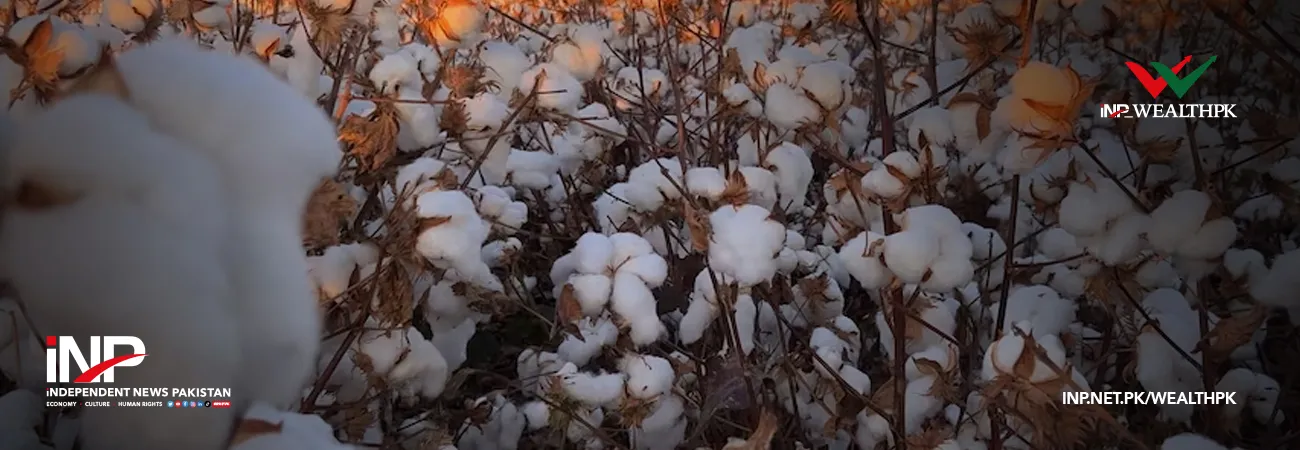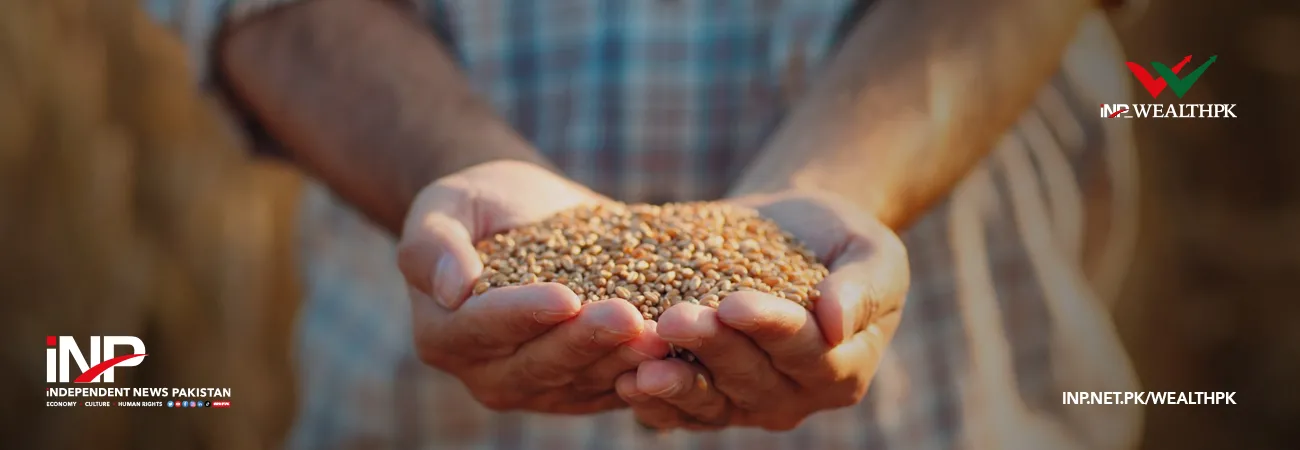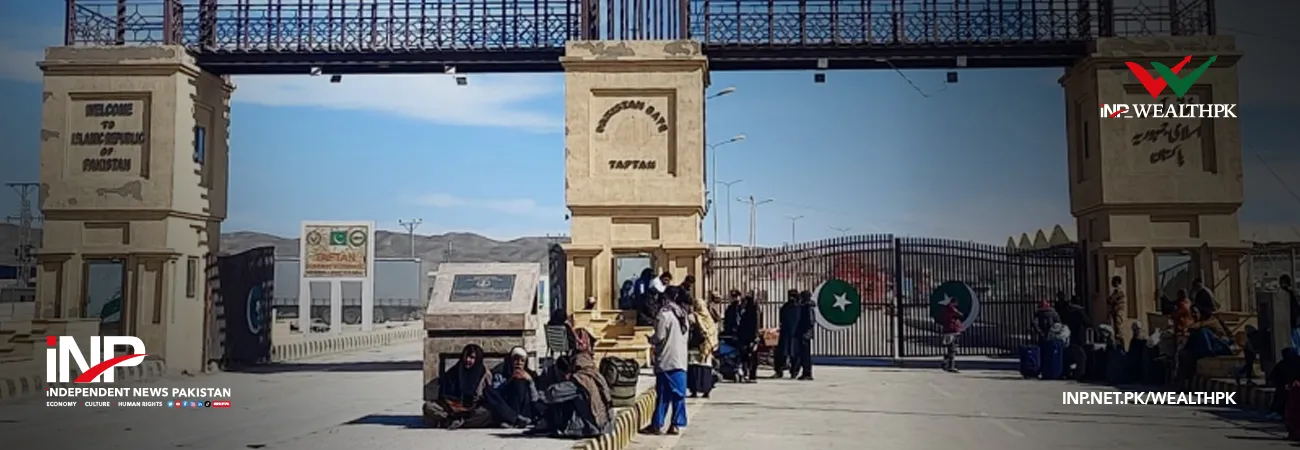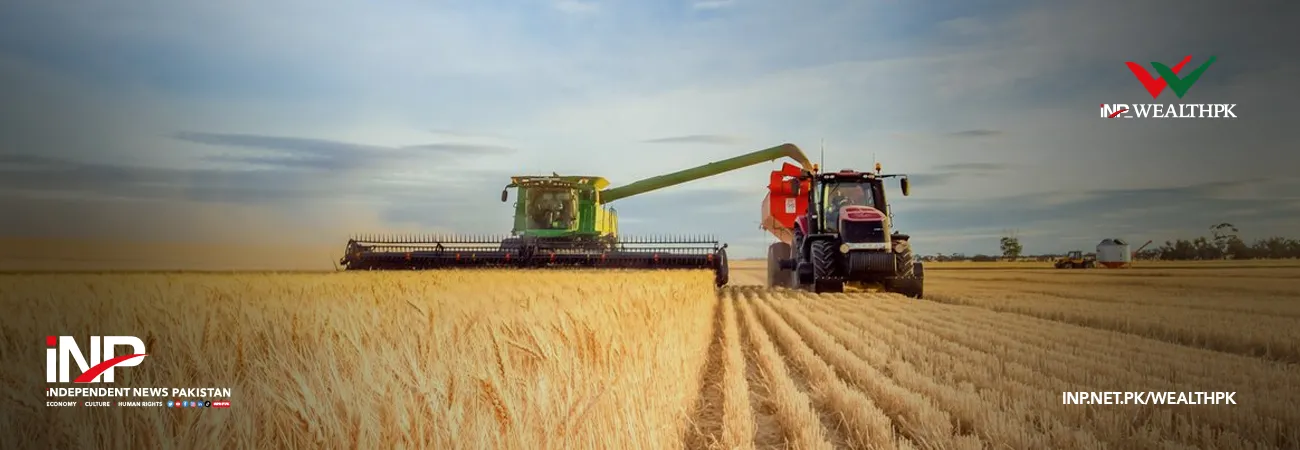INP-WealthPk
Azeem Ahmed Khan
The Ministry of National Food Security and Research is finalizing the National Cotton Plan 2025 to enhance crop yield, improve quality, and reduce the cost of production, reports Wealth Pakistan.
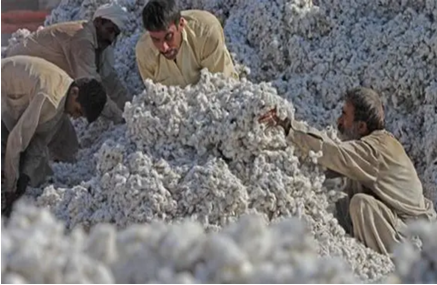
According to an official document, the plan aims to boost cotton production and promote import substitution through initiatives such as adopting the latest seed varieties and good agricultural practices. The move is part of a broader national effort to promote value addition in cotton, diversify exports, and reduce dependence on raw material shipments, the document said.
The National Assembly’s Standing Committee on Commerce has endorsed a set of recommendations in this regard, which are aligned with the Ministry of Commerce’s core objectives of driving export-led growth, bolstering competitiveness, and integrating Pakistan more effectively into global value chains. Pakistan’s cotton value chain remains a key pillar of the national economy, underpinning the country’s textile and apparel exports.
As the sixth-largest cotton producer in the world, Pakistan grows cotton on about 2 million hectares annually, primarily across Punjab and Sindh provinces. However, domestic production and yield have declined in recent years, eroding the traditional comparative advantage of the textile and apparel sector and driving up production costs. The textile and apparel industry has nonetheless expanded its strength in value-added segments.
Over the past decade, exports of finished textile goods have steadily increased, while shipments of raw materials such as fiber, yarn, and fabrics have declined. The document shows that in the Fiscal Year 2025, value-added finished products, including apparel and home textiles, generated $14.29 billion, accounting for 80 percent of textile exports, while raw materials and intermediates contributed $3.65 billion, or 20 percent.
To consolidate these gains, the Ministry of Commerce is preparing a new Textiles and Apparel Policy (2025-30). The policy seeks to maximize the use of locally produced raw materials, expand exports of value-added textile products, and diversify into new markets. It identifies priority sub-sectors and potential destinations while proposing actionable steps to achieve $30 billion in textile exports by 2030, as approved by the National Export Development Board, the document said.
One of the challenges highlighted in the draft policy is the limited scale of Pakistan’s downstream industries compared to regional competitors, which has restricted growth in the global market share. The new framework focuses on attracting fresh investment to scale up production capacities and diversify into high-value product lines. Despite increasing exports of value-added goods, Pakistan’s textile and apparel exports remain heavily reliant on cotton, even as the global fiber mix has shifted toward man-made fibers (MMF).
Globally, MMF now represents 74 percent of total fiber use, including 57 percent polyester, 6.7 percent polyamide, 6.1 percent other synthetics, and 6.3 percent viscose, the document stated. Under the recently approved National Tariff Policy 2025, the Tariff Policy Board has been tasked with rationalizing customs duties on non-cotton yarns and fabrics to enable Pakistan’s transition toward MMF-based apparel, women’s and children’s wear, sportswear, and other high-value finished products.
The government also aims to attract both foreign and domestic investment for the production of synthetic and artificial materials, such as polyamide, polyolefin, polyethylene, and polyurethane. Driven by innovations in advanced and functional materials, the global technical textile market is expanding rapidly and is projected to surpass $300 billion by 2030.
To capture a share of this emerging market, the Ministry of Commerce has established a National Technical Textile Council to develop a roadmap for shifting Pakistan’s textile and apparel industry from conventional products to high-value technical textiles used across diverse sectors, including protection, agriculture, construction, sports, medical, packaging, and automotive industries.
Additionally, the establishment of Sectoral Councils has strengthened public-private dialogue, ensuring policy alignment with industry needs and guiding implementation. These councils serve as consultative platforms to address trade barriers, refine strategies, and support Pakistan’s long-term shift from raw material dependence to value-added, globally competitive textile exports, the document concluded.
Credit: INP-WealthPk



